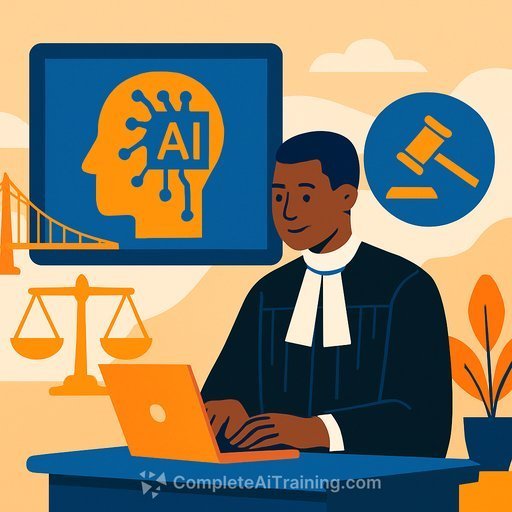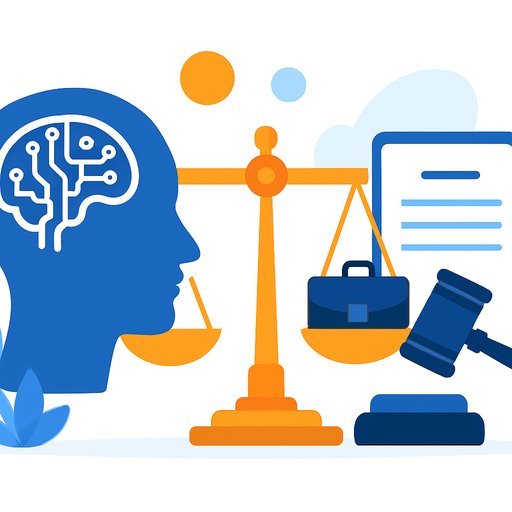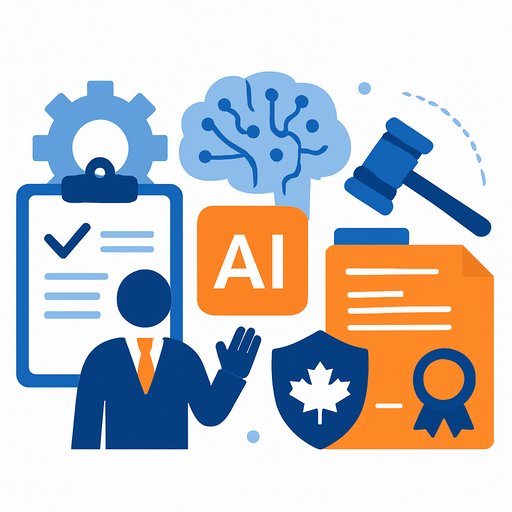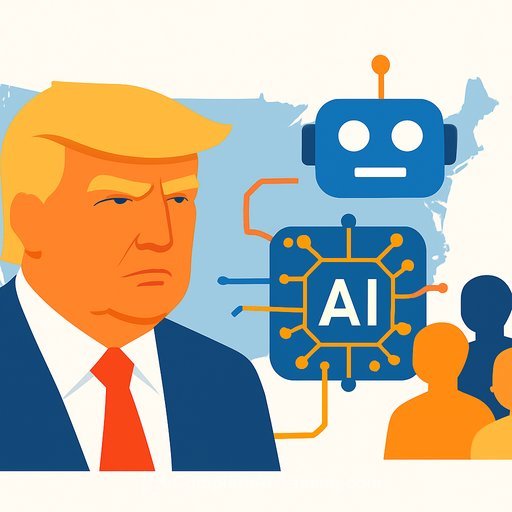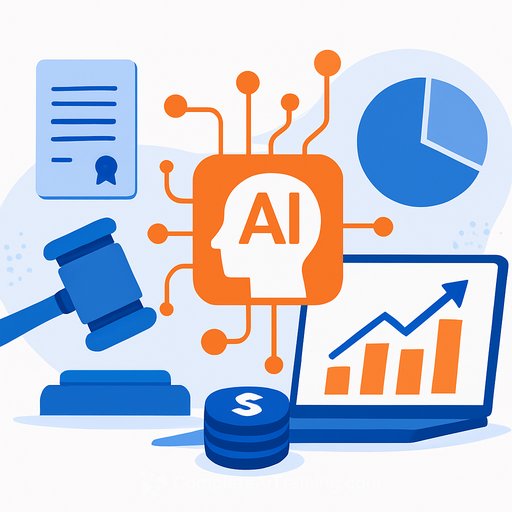AI won't replace lawyers, but it can expand access to civil justice
Millions of people face civil legal issues without help. The 2022 Justice Gap study found that low-income Americans don't get adequate legal assistance in 92 percent of civil matters, often touching basics like housing, benefits, and family stability. Roughly 50 million Americans live below 125 percent of the poverty line. That's a workload the profession can't meet with headcount alone.
Criminal defendants have a right to counsel. Civil litigants don't. If we want meaningful coverage in housing, debt, benefits, and family cases, we need smarter delivery models. Responsible use of AI is one lever that can actually move the needle.
Where AI helps right now
Many civil tasks are standardized, repeatable, and time-consuming. That's fertile ground for narrow AI assistance that lowers cost without lowering quality.
- Guide users through court-provided forms with step-by-step prompts.
- Translate leases, notices, and orders into plain language.
- Draft routine letters (repair requests, debt validation, reasonable accommodation) from structured intakes.
- Summarize case files and flag missing information for follow-up.
- Provide jurisdiction-specific resource navigation and referral scripts.
A recent Loyola of Los Angeles Law Review article noted that about 21 percent of legal aid professionals already use AI for routine work. The goal isn't flashy features; it's freeing staff to spend more time on merits, strategy, and live advocacy.
The risks and the line you shouldn't cross
Large language models hallucinate. One study cited rates ranging from 58 percent (GPT-4) to 88 percent (Llama 2) in certain legal tasks. Treat AI as a drafting aid, explainer, and triage assistant-never as a source of dispositive legal advice, deadline calculations, or case citations without verification.
- Keep AI out of decisions that could trigger fines, loss of housing, or jail time.
- Require human review for every client-facing output.
- Use retrieval with your own templates and verified local rules to reduce fabrication.
- Log prompts/outputs and spot-check for accuracy and bias.
- Add clear disclosures that tools provide information, not legal advice.
Regulation will need to evolve at the state and local levels. Until then, set your own guardrails and audit them like you would any risk-sensitive process.
Implementation playbook for legal organizations
- Start with one high-volume flow: eviction answers, fee waivers, or debt collection responses.
- Ground the system: feed only verified statutes, court instructions, and approved templates.
- Force plain language outputs at a 6th-8th grade reading level.
- Block citations unless sourced from your internal database or an approved legal research tool.
- Add structured intake so the model can't guess missing facts.
- Red-team monthly: test edge cases, language access, and disability access.
- Protect confidentiality: review vendor data use, retention, SOC 2, and opt-out of training by default.
- Measure: time saved per matter, error rates, client comprehension, and downstream outcomes.
Map your approach to professional duties. Tech competence is part of the job-see the ABA's guidance on Rule 1.1.
Legal Services Corporation: The Justice Gap | ABA Model Rule 1.1 (Competence)
What this means for legal jobs
Surveys suggest roles will shift rather than disappear. Expect reallocation of junior time from repetitive drafting to client strategy, court appearances, and negotiation. New responsibilities will emerge around prompt design, QA, and data stewardship.
- AI intake specialist: builds flows, maintains templates, tunes prompts.
- QA attorney: reviews outputs, sets escalation rules, oversees audits.
- Data steward: manages sources, retention, redaction, and access controls.
What to automate vs. what to avoid
- Good candidates: form guidance, plain-English summaries, checklists, template-driven letters, eligibility screening, appointment reminders.
- Keep manual: legal conclusions, filing deadlines, settlement calculations, citations without verification, anything that could prejudice rights.
Quick-start checklist
- Pick one use case with clear templates and high volume.
- Write a one-page policy: approved tools, privacy, review, disclosures.
- Stand up a pilot with 5-10 staff, run for 60 days, and measure outcomes.
- Create a "known good" source library and ban open-web browsing in the tool.
- Implement a two-step review for all client-facing content.
- Schedule monthly audits and publish results internally.
If your team needs a fast way to build baseline AI literacy and safe workflows, consider structured training for legal roles. Complete AI Training: Courses by Job
Bottom line: AI won't replace lawyers. Used carefully, it can lower the cost of routine civil support and help more people get timely, understandable assistance-especially where the right to counsel doesn't exist. The profession's job is to pair that promise with standards, supervision, and accountability.
Your membership also unlocks:

